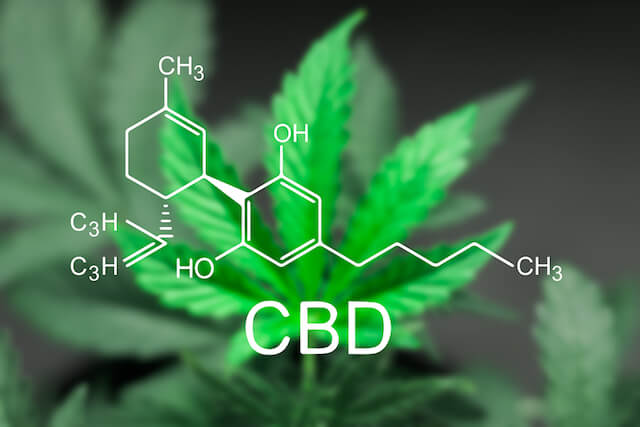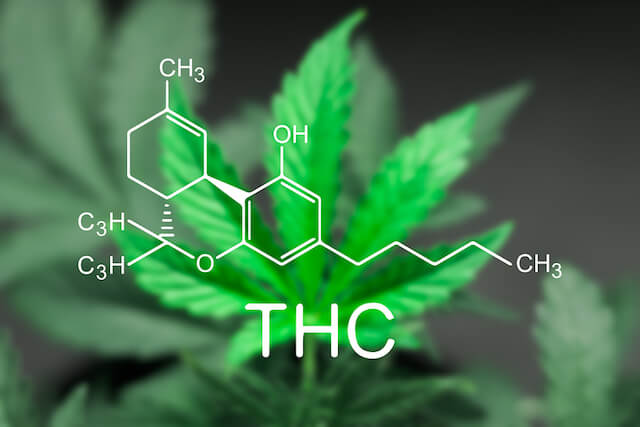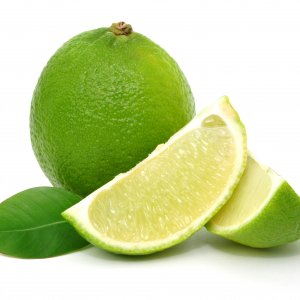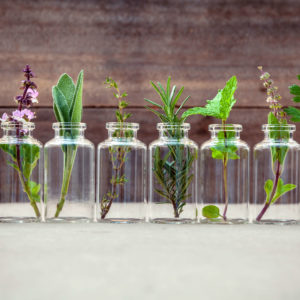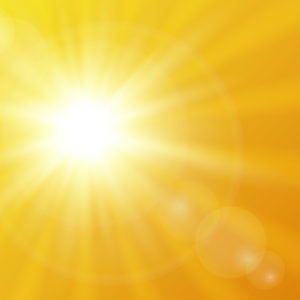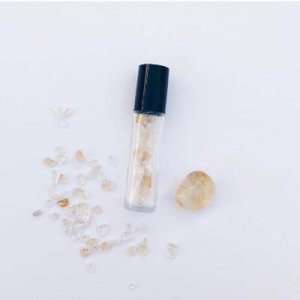The legalization of recreational and medicinal marijuana is such a hot topic. Currently 11 states allow the recreational use of marijuana, while a whopping 32 states allow it for medicinal purposes. It seems that everyone is touting the benefits and trying to get their hands on this supposed miracle drug. In reaction to the demand, CBD is now widely available in many forms, from creams and pills to gummy bears and even dog treats. But what’s the difference between CBD and THC? Can CBD get you get high or show up on a drug test?
So What are THC and CBD?
Tetrahydrocannabinol (THC) and cannabidiol (CBD) are the two primary cannabinoids that come from the cannabis plant (Cannabis sativa). They actually have the exact same chemical formula (C21H30O2) with slightly different structures, making them isomers. This leads many people to believe that they have the same attributes and behave the same way. This is simply not true. Let’s look at the details.
The Science of Cannabinoids
The endocannabinoid system (ECS) plays a regulatory part in a variety of physiological and cognitive processes. A cannabinoid is a compound that interacts with the ECS via receptor sites. There are 2 receptors in this system: CB1, and CB2. The difference between theses two receptors is important to the understanding of how cannabinoids affect our bodies.
CB1
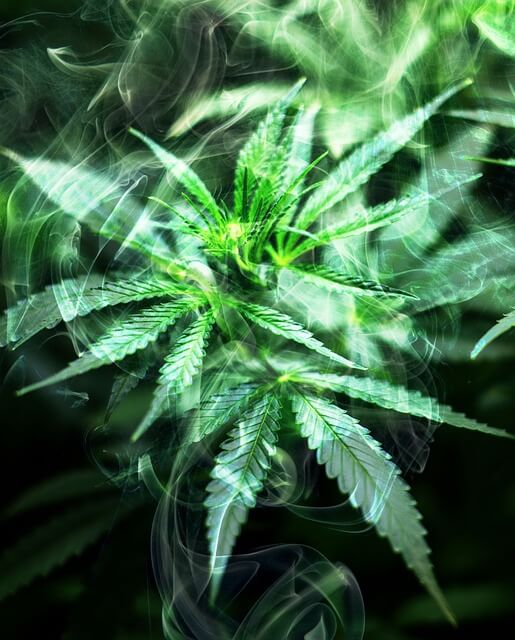
These receptors exist mainly in the brain, particularly in the substantia nigra, the basal ganglia, limbic system, hippocampus and cerebellum. They are also expressed in the peripheral nervous system, liver, thyroid, uterus, bones and testicular tissue. Their function is to mediate neurotransmitter systems that involve dopamine, gamma-aminobutyric acid (GABA), glutamate, serotonin, noradrenalin and acetylcholine. If that sounded like Greek to you, it basically means that they affect functions such as cognition, memory, motor movements and pain perception.
CB2
These receptors are mostly expressed in immune cells, the spleen and the gastrointestinal system, and to a smaller extent in the brain and peripheral nervous system. Recent studies reveal that CB2 may also play a part in the regulation of inflammation in the body.
How they interact differently in our brains
Both THC and CBD are cannabinoids. Both interact with receptor sites in the brain, but in different ways.
THC makes a person feel high by binding to CB1. It fits snugly into a special pocket – an “orthosteric” binding site – on the receptor. The image of lock-and-key is apropos for orthosteric binding: THC, the molecular key, fits into the CB1 receptor lock and turns it on, which triggers a signaling cascade on a cellular level that inhibits the release of other neurotransmitters (thereby protecting the brain from too much excitation). It’s one of the many reasons why THC is such a remarkable therapeutic substance. When tetrahydrocannabinol binds directly to the CB1 receptor, it causes a release of dopamine, which creates the opioid effect of getting “high”. This causes feelings of euphoria, alterations in perception, decreased inhibitions, and other effects.
Since the CB1 receptor was discovered in 1988, it’s been an article of faith among cannabinoid researchers that CBD, unlike THC, has little binding affinity for CB1. But this notion is based on old science.
New data emerging from the international cannabinoid research community indicates that CBD interacts directly with the CB1 receptor in ways that are therapeutically relevant. But CBD parks at a different docking site on CB1 that is functionally distinct from THC’s orthosteric binding site. CBD attaches to what’s known as an “allosteric” binding site on the CB1 receptor.
When cannabidiol docks at the allosteric receptor, it does not initiate a signaling cascade. But it does impact how the CB1 receptor responds to stimulation by THC and the endogenous cannabinoids. Allosteric modulation of CB1 changes the conformation (shape) of the receptor, and this can have a dramatic impact on the efficiency of cell signaling.
Scientists at the University of Aberdeen in Scotland have synthesized a positive allosteric modulator of CB1 to treat pain and neurological disorders. When researchers at Virginia Commonwealth University tested the compound on mice, this experimental drug, known as “ZCZ011,” had no psychoactive effects of its own, but reduced neuropathic and inflammatory pain by boosting the CB1 receptor’s response to anandamide, an endocannabinoid compound.
Interestingly, CBD not only fails to bind to the CB1 orthosteric receptor, many studies show that it actually blocks the effects of THC on this receptor when the two are taken together. So you can’t get high from taking CBD.
Drug Testing
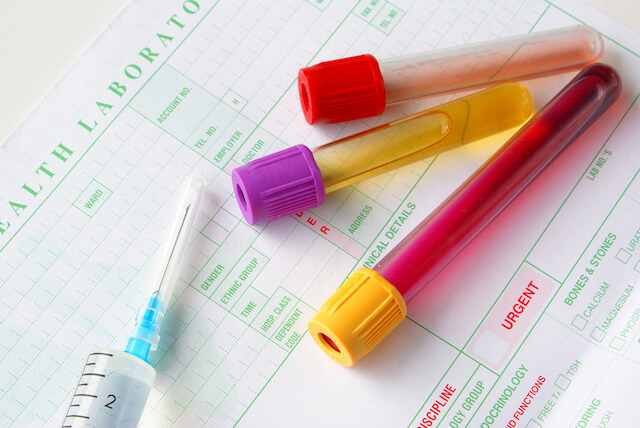
Routine drug tests are necessary protocol for some workplaces. The majority of drug tests follow a similar 5- or 10-panel screen. Both of these models test for the presence of THC, but not CBD. So yes, if you use CBD, it could show up on a blood or urine drug screen, just as could any other medicine or supplement you use. But most drug tests are simply not designed to look for it.
For more education about CBD, check out CBD vs. Copaiba.
Looking for even more natural health and wellness education? You’ve come to the right place! For access to the full essential oil encyclopedia, check out !


